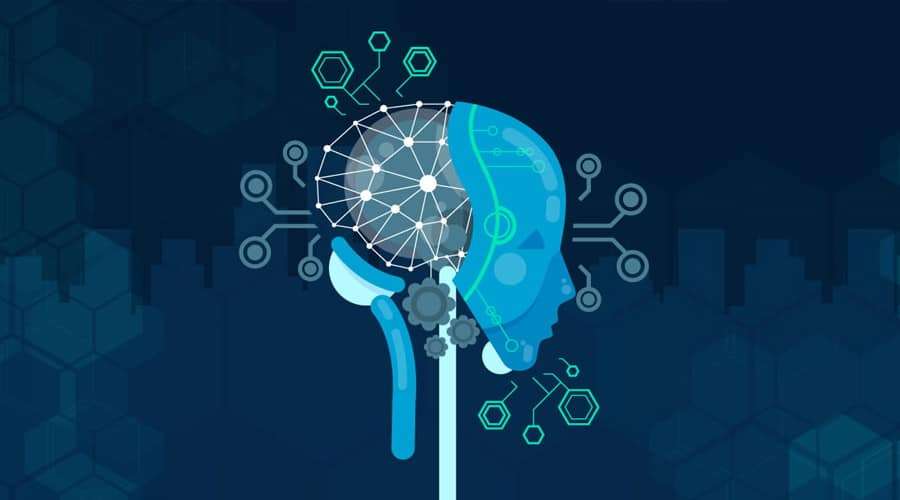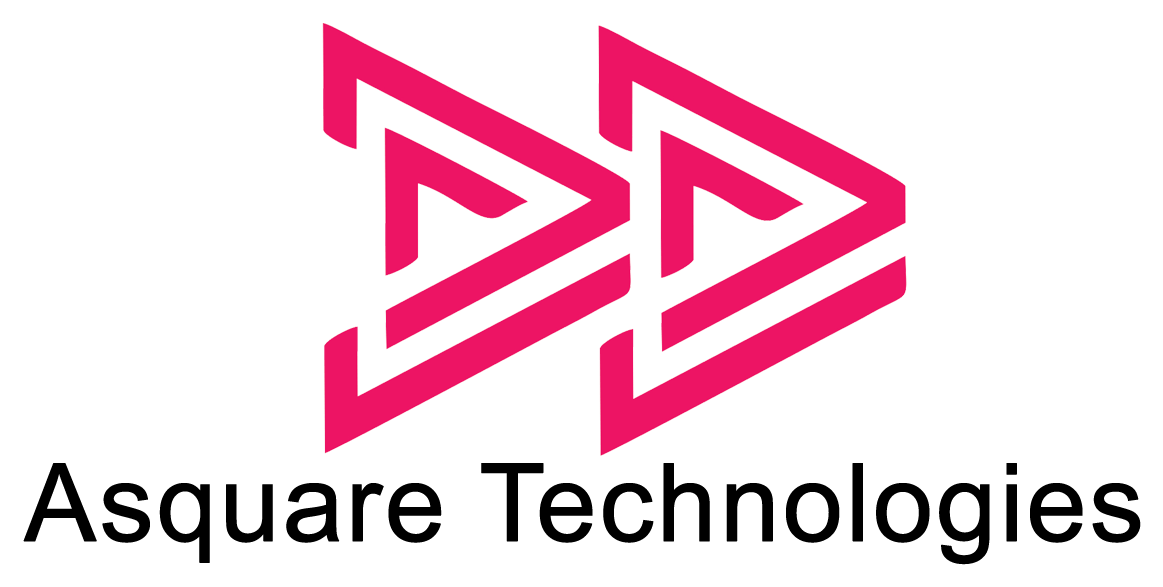

AI-Fundamentals
Curriculum
-
Identify features of common AI workloads
-
Identify guiding principles for responsible AI
-
Describe considerations for fairness in an AI solution
-
Describe considerations for reliability and safety in an AI solution
-
Describe considerations for privacy and security in an AI solution
-
Describe considerations for inclusiveness in an AI solution
-
Describe considerations for transparency in an AI solution
-
Describe considerations for accountability in an AI solution
-
Describe fundamental principles of machine learning on Azure (30—35%) Identify common machine learning types
-
Identify regression machine learning scenarios
-
Identify classification machine learning scenarios
-
Identify clustering machine learning scenarios
-
Describe core machine learning concepts
-
Identify features and labels in a dataset for machine learning
-
Describe how training and validation datasets are used in machine learning
-
Describe how machine learning algorithms are used for model training
-
Select and interpret model evaluation metrics for classification and regression
-
Identify core tasks in creating a machine learning solution
-
Describe capabilities of no-code machine learning with Azure Machine
-
Describe features of computer vision workloads on Azure (15—20%)
-
Identify common types of computer vision solution:
-
Identify features of image classification solutions
-
Identify features of object detection solutions
-
Identify features of optical character recognition solutions
-
Identify features of facial detection, facial recognition, and facial analysis solutions
-
Identify Azure tools and services for computer vision tasks
-
Describe features of Natural Language Processing (NLP) workloads on Azure (15–20%)
-
Identify features of common NLP Workload Scenarios
-
Identify features and uses for key phrase extraction
-
Identify features and uses for entity recognition
-
Identify features and uses for sentiment analysis
-
Identify features and uses for language modeling
-
Identify features and uses for speech recognition and synthesis
-
Identify features and uses for translation
-
Identify Azure tools and services for NLP workloads
-
Describe features of conversational AI workloads on Azure (15—20%)
-
Identify features of common AI workloads
-
Identify guiding principles for responsible AI
- Describe considerations for fairness in an AI solution
- Describe considerations for reliability and safety in an AI solution
- Describe considerations for privacy and security in an AI solution
- Describe considerations for inclusiveness in an AI solution
- Describe considerations for transparency in an AI solution
- Describe considerations for accountability in an AI solution
-
Describe fundamental principles of machine learning on Azure (30—35%) Identify common machine learning types
- Identify regression machine learning scenarios
- Identify classification machine learning scenarios
- Identify clustering machine learning scenarios
- Describe core machine learning concepts
- Identify features and labels in a dataset for machine learning
- Describe how training and validation datasets are used in machine learning
- Describe how machine learning algorithms are used for model training
- Select and interpret model evaluation metrics for classification and regression
-
Identify core tasks in creating a machine learning solution
-
Describe capabilities of no-code machine learning with Azure Machine
-
Describe features of computer vision workloads on Azure (15—20%)
- Identify common types of computer vision solution:
- Identify features of image classification solutions
- Identify features of object detection solutions
- Identify features of optical character recognition solutions
- Identify features of facial detection, facial recognition, and facial analysis solutions
-
Identify Azure tools and services for computer vision tasks
-
Describe features of Natural Language Processing (NLP) workloads on Azure (15–20%)
- Identify features of common NLP Workload Scenarios
- Identify features and uses for key phrase extraction
- Identify features and uses for entity recognition
- Identify features and uses for sentiment analysis
- Identify features and uses for language modeling
- Identify features and uses for speech recognition and synthesis
- Identify features and uses for translation
-
Identify Azure tools and services for NLP workloads
-
Describe features of conversational AI workloads on Azure (15—20%)










